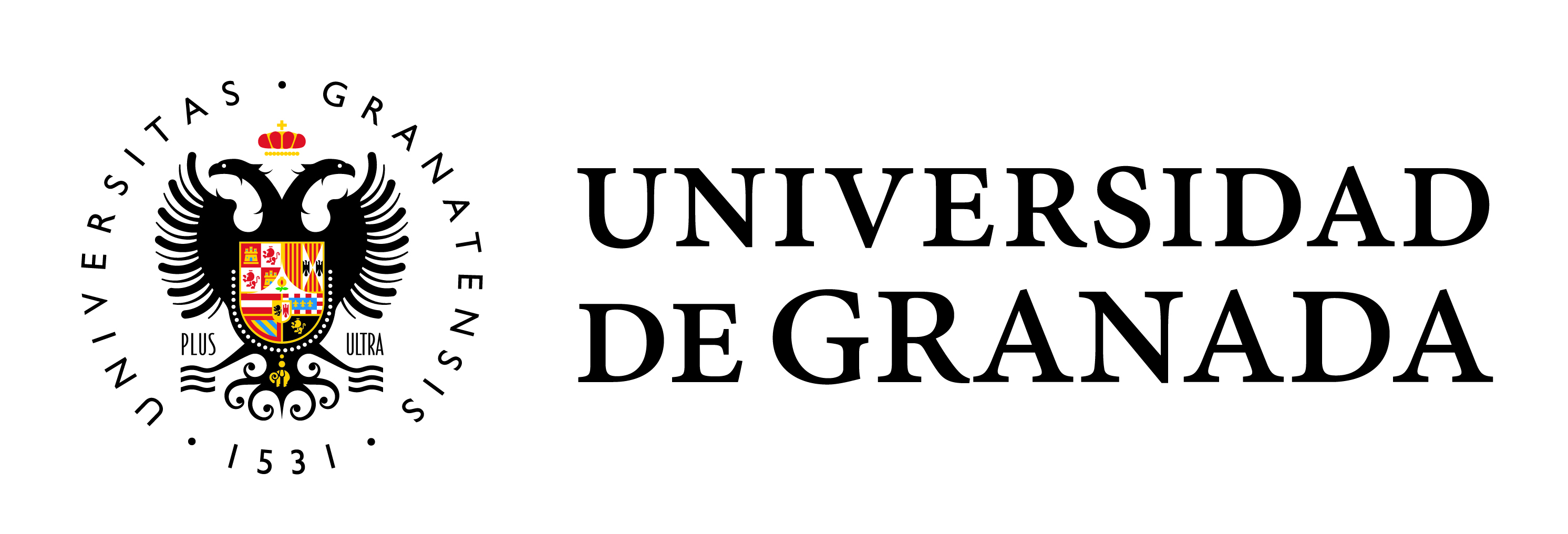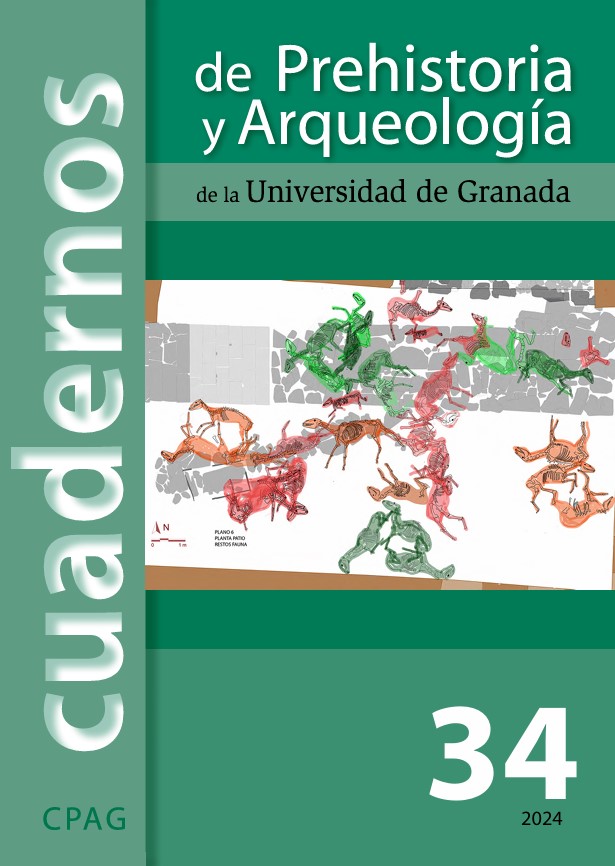IDENTIFICATION AND CHARACTERISATION OF ROMAN ROADS USING LIDAR DATA AND AERIAL PHOTOGRAPHY. THE CASE OF VIA XVIII IN THE COMARCA DA ALTA LIMIA (OURENSE)
Main Article Content
Abstract
Roman roads have been a common object of study since the beginnings of archaeological research. In recent years, remarkable advances have been made in their characterisation, especially thanks to GIS-based studies and terrain modelling with LiDAR data. In this way, many routes and road sections have begun to come to light and to offer new perspectives on communication in Roman times.
With the same aim, this paper proposes a study of the Via XVIII, also known as Via Nova, in the surroundings of the region of Alta Limia (Ourense). This region was motivated by the wide presence of archaeological evidence related to road epigraphy, a fact that insights an area with great potential for research. The main objective is the application of a methodology based on node analysis, aerial photo-interpretation and the study of Digital Terrain Models, applied on the identification of Roman road routes. In this line, the methodology and its potentialities are described, following to an archaeological characterisation of the study area. The methodological application will be presented and, finally, the characteristics of each identified sections will be described, interpreting their characteristics in relation to the basic criteria of Roman road infrastructures.



